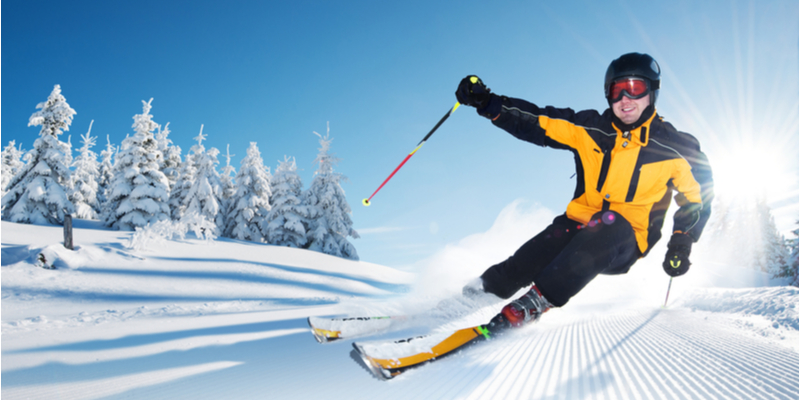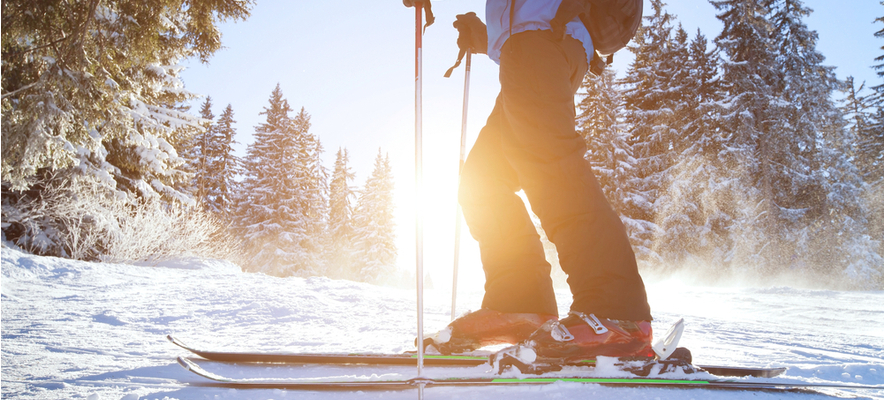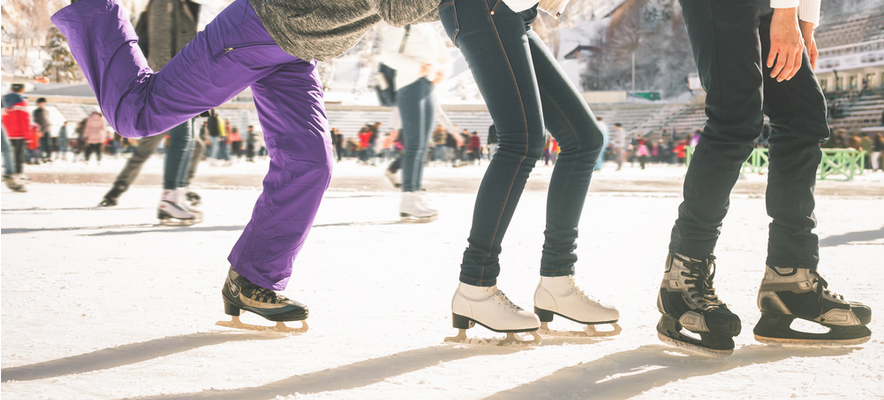Share this article:
Winter is drawing to a close, and that means it’s time to wrap up the winter fun whether you live in Seattle or in any other city that gets snow. Skiing, snowmobiling or snowshoeing are just some of the winter activities you can partake in if you’re near Seattle. As you’re getting ready to hit the slopes or the ice for the last time this season, you should also consider what to do with your winter gear during the summer. It’s important to store your gear appropriately to make sure you can use it again come next winter.
Here are some tips to help you store your winter gear in the Emerald City:
1. Skis
After skiing at Stevens Pass or Crystal Mountain Pass, it’s almost time to think about storing your skis. Once the season closes, wax the skis before storing them. Brush and scrape the bases of the skis to make room for a fresh coat of wax. Doing this will help protect them against rust during the summer. Next, strap them together, but make sure the edges don’t rub against each other to avoid any warping. Make sure to sharpen edges as well – make an appointment at a ski shop to avoid long waiting times.

Finally, store them indoors (not in a ski bag) in a room that doesn’t get too warm. Most people choose their garage, but if this space isn’t shielded from extreme heat, you’re better off keeping them outside of the home. Turning to self storage is a sure way to keep them safe. Renting a self storage unit in Seattle costs about $193/month.
2. Ski Boots
It’s essential that you dry the liners of your ski boots, not only after each skiing session but also as you prepare to store them away for the season. This will prevent any mold from forming and it will keep the inside of your boots in good shape for the next season. Don’t forget to clasp and lock the buckles to avoid them losing their shape.
3. Snowshoeing
To get them ready for storage, start by washing your snowshoes. Use a soft cloth and mild soap if you need to remove dirty spots. Then, hang them to air dry. After they’ve dried completely, check for any signs of wear and tear. Pay particular attention to loose bolts or screws as well as any holes in the leather or fabric. For summer storage, hang them in a climate-controlled environment and avoid direct sunlight.

4. Snowboard
Your snowboard needs just as much TLC offseason like any other winter gear. Start the summer storage prep by cleaning. Take the bindings off and use a wet cloth to clean it. If there’s grime buildup, you should wash it. You can now put the bindings back, but let them a little loose so as not to put pressure on the bolts. Wax the base and file the rusty edges, but make sure to use a specialty file – it’s the right tool to prevent any damage to your snowboard. Keep your snowboard in a climate-controlled room at home or put it in storage if that’s not possible.
5. Snowmobile
To prepare your snowmobile for summertime, start by leaving about half a tank of fuel in your sled if it’s a non-ethanol vehicle. For the ethanol-fueled snowmobiles, drain it first and replace it with a non-ethanol fuel or an enzyme treatment. Run the engine for 2-3 minutes once a month during the summer. Also, grease the snowmobile before summer – apply it on the rear suspension, steering, front suspension and drivetrain. Also, spray WD-40 or another spray lube on the skid arms, tie rods and tie rod ends if they’re made of steel. You can keep your sled on a stand if you’d like to avoid moisture coming from the ground.
6. Ice Skates
Seattle has a lot of ice skating venues and after taking full advantage of the cold season to hit the ice, you might want to consider how to properly store the skates for the season. First, open your skate boots and let them air dry, but avoid getting them close to a heat source.
Wipe the blades with a soft cloth to remove any snow residue, which will keep them from rusting. Oil the blades lightly before putting the blade cover over. Use a terry cloth to wrap the skates – this will absorb any remaining moisture – before packing them in a bag. Store them in a dry and preferably climate-controlled room until next season.

7. Backcountry Gear
One thing you need to do when getting ready to store your winter gear is to remove batteries from your winter devices, such as the beacon. This will avoid the batteries corroding and ruining the beacon. Additionally, this will also ensure you have full power next season when you hit the trails.
8. Clothes and accessories
Give your base layers, waterproof garments and insulating layers a good wash as you prep them for summer storage. Use mild soap as a lot of these fabrics can be delicate. Let them air dry thoroughly before putting them away. Gloves and mittens should receive a fairly different treatment – handwashing and airdrying will probably do the trick. The same goes for your ski and snowboard helmet. Always wash them with warm water and mild soap and let them air dry thoroughly. As for shin guards (used when snowmobiling), you can velcro them together and put them in the washer, but not before sticking them in a laundry mesh for protection.
When all clothing items are completely clean and dry, you can neatly fold them and place them in opaque bins for the summer. This type of container will protect clothing from dust and damaging UV rays, keeping your clothing in good condition and ready for the next season.
Share this article:
Mirela is a real estate writer and lifestyle editor for Yardi. With an academic background in English and translation, Mirela now covers a range of topics including real estate trends, lifestyle and economy. Her previous experience in proofreading academic articles has inspired Mirela to choose a writing career path. In her free time, Mirela enjoys reading, but also hiking and creating art. You can contact Mirela via email.
The Ready Renter has your back
Tips, news, and research curated for renters, straight to your inbox.




Related posts
Subscribe to
The Ready Renter newsletter






